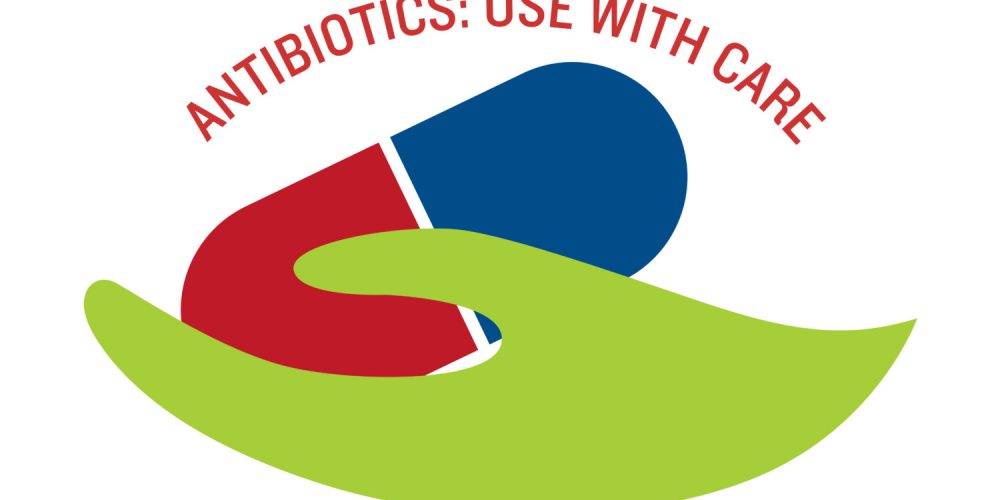Should We Be Buying Iodized Salt?

How important is iodized salt to the American or European diet?
According tothe National Institutes of Health’s Office of Dietary Supplements, tests have shown that the population in the United States is “iodine sufficient.” Most Americans who eat a varied diet get enough iodine even if they don’t use iodized salt. They are at little risk of iodine deficiency, which can lead to goiters (swollen thyroid glands in the neck) and dwarfism and is a leading cause of mental impairment worldwide.
The situation in Europe echoes that of the United States but is more varied. No European country has severe iodine deficiency, but some have subpopulations — especially pregnant women — with levels low enough to be considered unhealthy. Iodized salt is common in some countries but not in others. In Switzerland, for example, 80 percent of households use it, while in Britain only 5 percent of households do, and in 2011, it was reported that Britain could face widespread iodine deficiency, especially among teenage girls who rarely drank milk or ate fish.
Before the modern era allowed food to be transported long distances, mountainous countries and countries situated in flood plains typically had chronic iodine deficiency because melting snowpack and floodwaters tend to wash iodine out of the soil and local plants and animals had little iodine. Even Switzerland, like Bolivia, Nepal and other mountainous countries, once had high rates of goiters and cretinism caused by iodine deficiency, as did low-lying flood-prone areas far from the ocean in Eastern Europe and Southeast Asia.

































